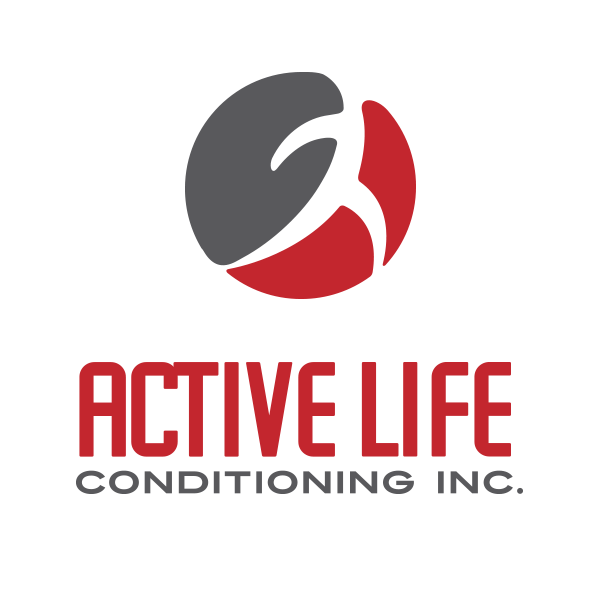Sleep Well with SELF correction
ACTIVE THERAPY FOR YOUR ACTIVE LIFE: Sleep Well with S.E.L.F. Correction
By Gavin Buehler, RMT
Rest and recovery are often undervalued components
when it comes to fitness and achieving performance
goals. Many people feel that they need to do more in
order to achieve more, which may be true if you’re
currently not doing much, but if you’re already
grinding away, then doing more is often not the
answer. Quality restoration is crucial to optimize
performance and so I’d like to share some of the
highlights and strategies that I found valuable from
Eoin Lacey’s presentation on Sleep at the 2018 SWIS
Symposium interlaced with some of my own findings
on the topic.
Your body rests in cycles as you sleep and there are 4
stages within a sleep cycle. There used to be 5 stages, but recently stages 3 and 4 have been lumped together as
researchers have stated that there were no physiological changes between the two stages to necessitate having
two different stages. Each cycle can last from 90 to 120 minutes in length.
Stage 1 – Is usually the shortest stage lasting from 5-15 minutes where your eyes are closed, but you can still be
easily awakened.
Stage 2 – Is a little longer in length than stage 1, but your body temperature and heart rate starts to drop along
with a reduction in muscle tone as your body prepares for deep sleep.
Stage 3 – Is usually the longest stage where you are in a deep sleep. In this stage physical restoration such as
tissue repairs occur along with strengthening of the immune system. If you were to be awakened during this
stage, you would feel a little disoriented and groggy.
Stage 4 (REM Sleep) – REM stands for” rapid eye movement” and happens around the 90-minute mark of the
sleep cycle. In the first cycle it usually lasts about 10 minutes but increases with each successive cycle of
uninterrupted sleep. During your final sleep cycle REM sleep may last up to 1 hour. The REM stage is where you
may experience intense dreams as your brain is the most active during this phase of sleep causing the rapid eye
movements. Heart rate and breathing quickens along with an increase in oxygen consumption by the brain. This
stage is thought to be the most restorative stage for our brain and central nervous system. While some may use
alcohol to aid in falling asleep, it interferes with the body’s ability to achieve REM sleep and will reduce your
overall REM sleep.
Ideally, we would like to get between 3-5 uninterrupted sleep cycles each night. That’s about the popular 7-9
hours we’re accustom to hearing, but 1-2 hours should be a deep REM sleep. According to studies, most people
get about 60% of the sleep they need for optimal functioning. Most of us are going through our daily activities
only having a 60% recharge! Most of us don’t like leaving for work in the morning with a cellphone that’s only got
60% of a recharge, yet we do this with our body and mind regularly. If you consider that studies revealed that
people who suffer from sleep apnea are 3 times more likely to develop diabetes and 23 times more likely to have a
heart attack, that drives home the importance of getting proper restorative sleep.
So how can we improve our sleep at night? There’s an array of tips out there for what is known as Sleep Hygiene
that we’re familiar with such as sleeping in complete darkness, set a cooler temperature, avoid caffeine 6 hours
before bedtime, reduce blue light exposure, etc. While many of these tips have been shown to help, they are
usually part of a wind down routine performed close to bedtime. But it’s what you do upon waking in the morning
and your habits throughout the day that have a greater impact on how you sleep at night.
S.E.L.F. Correction is an approach that might be of greater value, especially if these habits are stacked with good
Sleep Hygiene. Before I break down the S.E.L.F. acronym, I’m going to quickly explain the hormone cortisol
because it is mentioned a few times throughout the S.E.L.F. Correction approach.
Cortisol is a steroid hormone produced in the adrenal glands and released into your bloodstream. It helps with
many of the body’s functions including the control of blood sugar levels, metabolism regulation, blood pressure,
helps reduce inflammation and assist with memory formulation. It is a crucial hormone for wellbeing. It has a bad
rap as it is well known as being the “stress” hormone. There’s a lot of articles about lowering your cortisol levels,
but we absolutely need cortisol for proper balance. The problem comes when we secrete too much cortisol to
often and have sustained high levels. Sustained stress is one of the top culprits for that happening, which causes
the release of too much cortisol as our body tries to combat the stress. Cortisol is trying to help us, it’s not the bad
guy. We want to lower stress to properly balance our cortisol secretion. That generally means a lifestyle shift that
involves less stress. Proper sleep habits and S.E.L.F. Correction can help with this by boosting cortisol when it’s
supposed to be high and having it taper throughout the day.
Here’s what S.E.L.F. stands for:
Social stimulation – within your first hour of waking, interact with someone or people. Whether it be your
partner, children, possibly even some emails if you can’t be face to face with a real person. Social stimulus boosts
cortisol levels which is what you want in the morning to feel awake. As the day goes on cortisol levels should taper
down as adenosine (sleep drive) levels rise toward the evening.
Exercise – get moving sooner than later upon waking. There is a post exercise spike in cortisol levels which will
contribute to that wakefulness, not to mention increased circulation and the array of other health benefits
exercise has to offer.
Light – natural light is preferred, but light first thing in the morning will help shut down melatonin and boost
cortisol levels to wake your body up keeping your circadian clock on a healthy sleep/wake cycle. It’s
recommended to get at least 1000 lux of light in the eyes for about 20 minutes upon waking. (This does not mean
stare at the sun. Please do not do that. You will go blind.) 1000 lux is comparable to an overcast day.
Food – What you eat and when you eat it throughout the day will affect cortisol levels and mood. Food creates
stimulation in your body so eating breakfast and consuming the majority of what you will eat throughout the day
earlier on will help make winding down at the end of the day easier. Foods such as legumes, lean meats, fish, eggs,
nuts, leafy greens and colorful vegetables, whole grains, dairy, lower sugar level fruits such as berries, and healthy
fats are good options for breakfast and early day meals to help boost morning cortisol. Starchy carbs boost
adenosine and serotonin levels and actually help you wind down, which is one of the reasons why you feel nice
and lethargic after eating meals with a high carbohydrate content. I can sum this up as saying eat balanced meals
comprised of real food, don’t get crazy with extremes.
I hope that you have found this information useful!
Did you enjoy this article? For assessments, bookings and feedback please contact us!
Active Life Conditioning – 8 Stewart Rd, Collingwood, ON L9Y 4K1
Phone: (705) 888-6337; Email: [email protected]; Web: www.activelifeconditioning.com
Contact Gavin direct – Phone/Text: 416-671-9223; Email: [email protected]; Web: www.customfitwellness.ca


